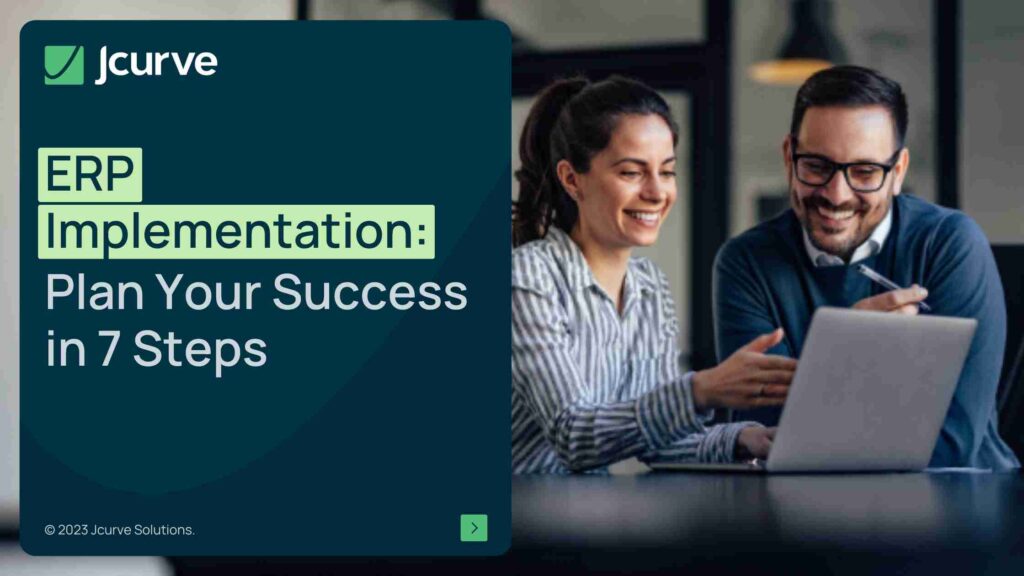An ERP system acts as the technological brain of a company’s operations, processing vast amounts of information about daily activities. Implementing the right ERP system can help businesses win more customers, remain competitive, reduce operational costs, and improve performance. Here’s a 7-step plan for ERP implementation success tailored for businesses in Singapore.
Watch the video highlights in under 3 minutes.
1. Know What You Want to Achieve
Before starting an ERP implementation, have a clear idea of what problems you want to solve. Talk to your staff about inefficiencies and recurring issues. List quick wins and long-term improvements you want to see. Discuss these with your ERP solution provider to set clear goals.
2. Set the Expectations
Open dialogue with your staff about the ERP project helps build enthusiasm and momentum. Establish responsibilities and make sure everyone knows their roles. Communicate clear expectations within the business and to your ERP provider.
3. Enlist the Right Expertise
Enlist the expertise of an ERP solution provider to manage the implementation. Their skills and experience will help you get it right the first time, saving you time and costs in the long run.
4. Avoid Cutting Corners
ERP is a long-term solution that can improve business processes and efficiencies. Cutting corners during implementation can lead to failures. Consider it an investment in your future ERP system.
5. Choose the Right Solution for Your Business Needs
Investigate the capabilities of the ERP software and whether additional modules are required. Ask about the software’s strengths and proof of success through case studies.
6. Review and Fix Existing Data
Decide what data to bring into the new ERP system. Clean up data to ensure you start with accurate information. Fix data exceptions and review customer data integrity.
7. Get Your Team On-Board with the Changes Ahead
Engage your staff early and maintain open dialogue about the ERP system. Appoint adaptable team members as “super users” and ensure support from your ERP provider.
A Little Planning Goes a Long Way
Careful planning can avoid failures and ensure a successful ERP implementation. Speak with an experienced ERP solution provider to plan your success.










